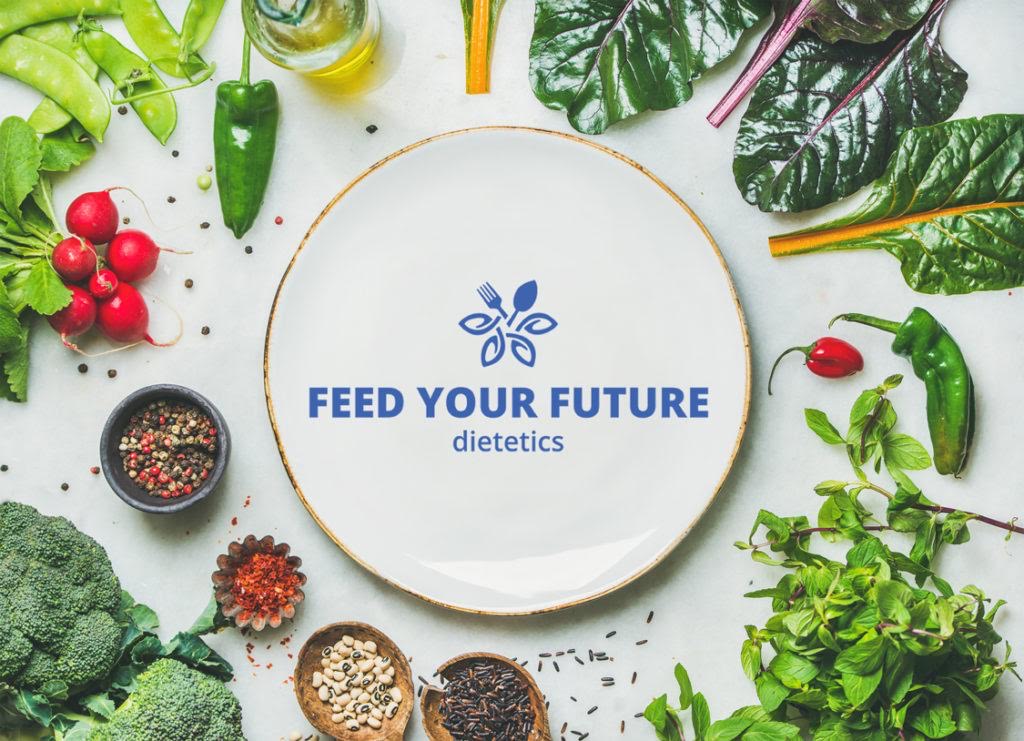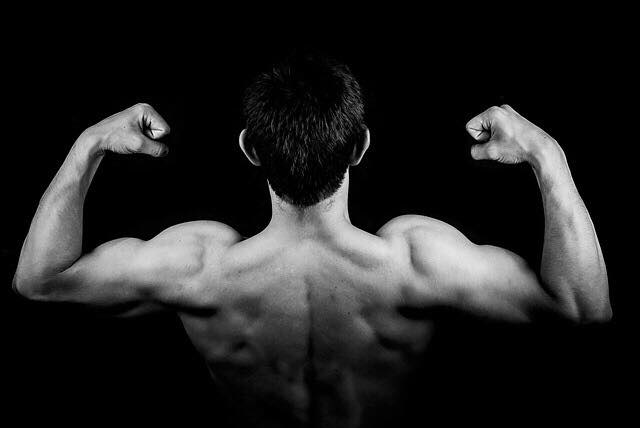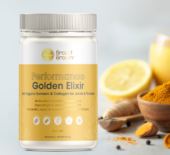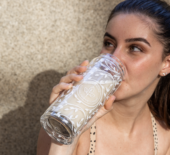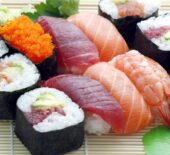Are you eager to make sure your sessions in the gym pay off? Eating protein is an important part of building muscle but how you spread your protein in your day can also affect your results. Most Aussies tend to have an eating pattern of not much protein in the morning say a piece of toast with a low protein spread and most or too much protein at dinner. You may be thinking this doesn’t matter if you are getting all the protein your body needs over a day, right? Sadly, your body does not work this way.
In one meal the optimal amount that your muscles can use to repair and create new muscle is 20-40g. A common mistake is the gym warrior can unintentionally or intentionally make when throwing back a protein shake over whole food. When you drink your energy or energy sources like protein it is much easier to go overboard and take in more protein than your body needs to repair and build muscle cells.
The solution? If you are going to choose a protein shake, make sure you use the measuring cup to hit the correct amount of protein. Also, if you are adding milk remember this also has protein you need to add to your total. Some easy protein choices to select for an easy snack or meal could be:
- Easy Salad Lunch: 2 boiled eggs (10g) + salad vegetables (1 cup) + 40g cheddar cheese (10g) =20g protein
- Healthy Snack Go To: 200g yogurt (10-16g protein) + 45g ground cashews (7.5g protein) + small piece of fruit = 17.5-23.5g protein
- Aussie favourite: 2 pieces of wholegrain toast (7g protein) + salt reduces Vegemite + 80g cheese (20g) protein = 27g protein
- Baked Beans for Days: 200g salt reduced baked beans (10g) + 40g grated cheddar cheese (10g) + 2 slices of wholegrain toast (7g) = 27g protein
- Fish Lovers: 90g white fish (20g) + 1 cup of low starchy cooked vegetables + 1 cup of brown rice (5g) + herbs and spices to flavour = 25g
Handy tip: If you find you are not meeting the 20-40g mark in meals try adding a cup of milk or soy milk and this will give you around 8-10g for milk and 5-8g of protein for soy milk.
Take home message: By becoming aware of what foods and drinks have more protein you may find these foods are more nutrient rich too! The ‘sometimes’ foods and drinks tend to have little protein and by adjusting your food choices to meet your protein needs this can be a great way to spring clean your diet and achieve your goals from your efforts in the gym.
